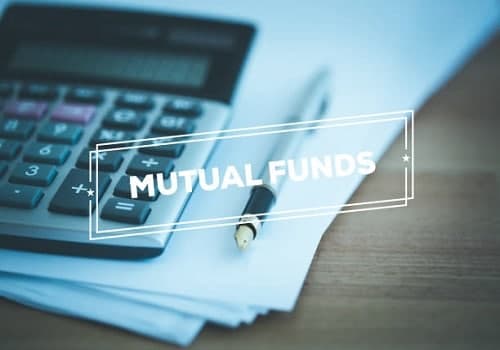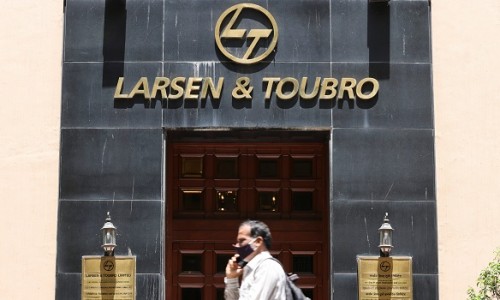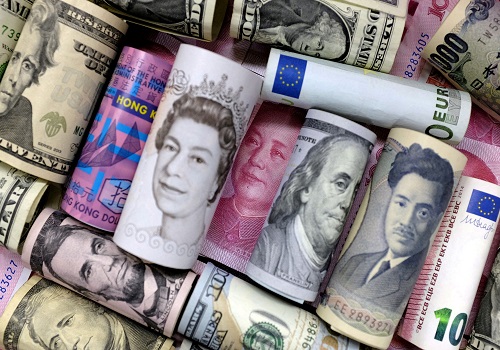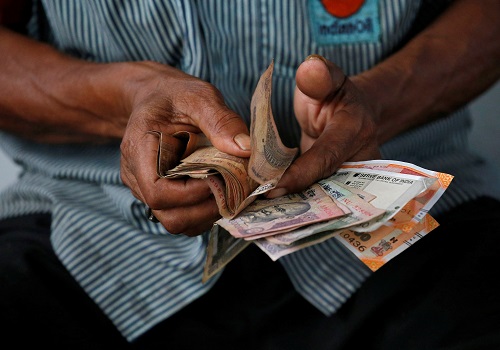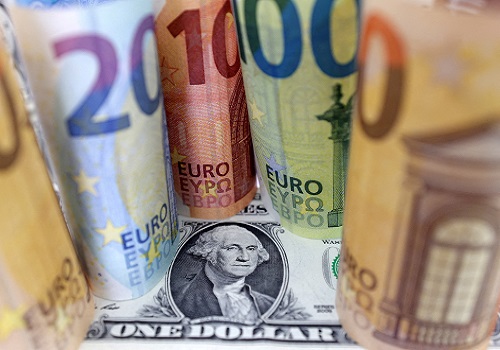Dollar eases on improved risk sentiment before Fed; Aussie pares gains after RBA
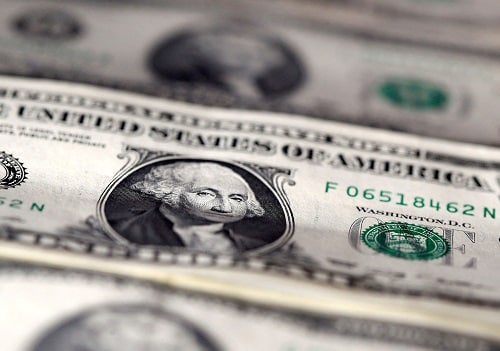
Follow us Now on Telegram ! Get daily 10 - 12 important updates on Business, Finance and Investment. Join our Telegram Channel
The U.S. dollar eased from a one-week top against a basket of major peers on Tuesday, as traders weighed the odds of a less aggressive Federal Reserve at Wednesday's widely watched monetary policy meeting.
The risk-sensitive Australian and New Zealand dollars rose from one-week lows amid a broad lift in market sentiment, but the Aussie trailed after the Reserve Bank of Australia decided to stick with a slower quarter-point pace for rate hikes.
"It's certainly a risk-on day, and that's being reflected in currencies with the Aussie and the kiwi topping the leaderboard, but all within recent ranges," said Rodrigo Catril, a currency strategist at National Australia Bank.
"Our general sense is that the dollar probably has peaked, but that doesn't necessarily mean it's coming down."
The U.S. dollar index - which measures the greenback against six rivals including the euro, sterling and yen - eased 0.16% to 111.35, eating into some of the 0.79% gains it made on Monday.
The index has fluctuated widely around the 112 level since its retreat from a two-decade high of 114.78 at the end of September.
The Aussie gained 0.3% to $0.6416, but was off earlier highs after the RBA opted for another 25-bp hike. A surprise jump in inflation to a 32-year high in data last month had markets laying odds of better than 1-in-4 that Governor Philip Lowe would flip back to a half-point pace for tightening.
New Zealand's kiwi gained 0.4% to $0.5838.
"We have been bullish AUD/USD recently due to some wobbles in the U.S. dollar on the Fed outlook and given Australia's still very strong external position," said Sean Callow, a currency strategist at Westpac.
"The RBA's continuation of modest 25bp tightening steps is only a minor setback."
FED WATCH
The safe-haven greenback got some support overnight from losses on Wall Street, but a rise in U.S. equity futures and firmness in Asian stocks, led by China, scuppered that demand on Tuesday. Lower long-term U.S. Treasury yields also removed a crutch for dollar strength.
The Fed is widely expected to raise its benchmark rate by 75 bps on Wednesday, its fourth such increase in a row. But for the December meeting, Fed funds futures are split on the odds of a 75- or 50-bps increase.
The euro added 0.2% to $0.98995.
Pressure remained on the European Central Bank to continue with aggressive rate hikes after data on Monday showed euro zone inflation came in hotter than expected at 10.7%, a new record. The ECB next decides on rates on Dec. 15.
Sterling jumped 0.28% to $1.1499 with the Bank of England likely to deliver a 75-basis point hike on Thursday.
Against the yen, the greenback weakened 0.28% to 148.32.
On Monday, Japan's finance ministry said it spent a record $42.8 billion on currency intervention this month to prop up the yen after it dropped to 32-year lows near 152 on Oct. 21.
Finance Minister Shunichi Suzuki repeated a warning on Tuesday that authorities are closely watching market moves and will not tolerate "excessive currency moves driven by speculative trading".














